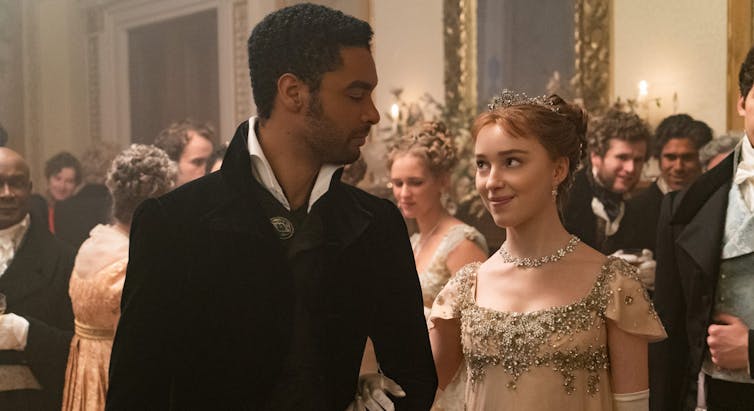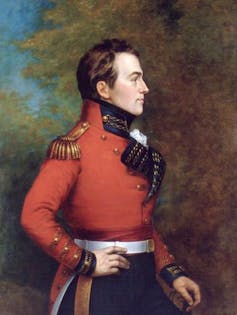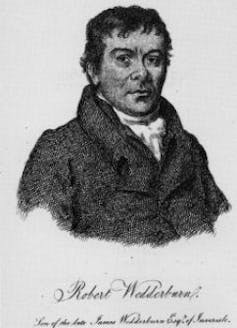‘Bridgerton’ a romanticized portrayal of Britain at the dawn of modernity
January 14, 2021
Share

Bridgerton, Netflix’s new eight-part period drama miniseries, launched on Christmas day, has already achieved the .
 The show is inspired by the romance novel series by American author set in early 19th-century England. In the hands of executive producer , the showrunner behind the blockbuster TV series Grey’s Anatomy, and , Bridgerton pushes the envelope in , and .
The show is inspired by the romance novel series by American author set in early 19th-century England. In the hands of executive producer , the showrunner behind the blockbuster TV series Grey’s Anatomy, and , Bridgerton pushes the envelope in , and .
The series tells the story of the courtship and marriage of Daphne Bridgerton and Simon Basset, Duke of Hastings, and the impact of their relationship on the family, friends, gossipmongers and well-wishers that swirl around them.
Black actors appear in leading roles in Rhimes’s Bridgerton, including as the Duke of Hastings, and as the Queen of England.
The show has , and at the same time, the plotlines ignore or obscure the evils of colonialism, poverty and racism. All of these were rife in this historical time period, and continue to blight our own era, as I chronicle in my book, .
The result is that Bridgerton is an escapist and deeply seductive fantasy () of a society that combines elegance and passion with racial equality. This is the case even while the show with its and markets associated with them.
The series doesn’t tell us a great deal about what life was really like in England in 1813, the year the series is set, but is rather a fairy-tale that on some levels challenges perceptions of race, gender and sexuality. Bridgerton is part frothy romance, part call to action.
Intense historical period
Bridgerton is set in 1813, thus placing it in the historical epoch known as the Regency, which extends from February 1811 to January 1820. It is perhaps the most extraordinary decade in all of British history, and it marks the dawn of the modern world.
The term “Regency” often calls to mind a . But Regency is originally a used to describe when a person was appointed to administer the affairs of the country during the minority, absence or incapacity of the sovereign. There have been scores of regencies in monarchies globally. England has had more than a dozen.

Its most famous Regency, though, and the into darkness, clearing the way for the Regency of his dissolute eldest son, George, Prince of Wales, who ruled Britain as Prince Regent until George III died and the Regent became King George IV.
For England, this era witnessed major events such as the , the and the , during which 11 people were killed in a Manchester demonstration where .
Most decisively, there was the British and allied victory over Napoleon at the .
It was also a time of artistic and literary flourishing: Jane Austen published all six of her novels of courtship and romance in the Regency, including Pride and Prejudice, which appeared in 1813.
In its dreams of freedom, its embrace of consumerism and , its and its complex response to the burgeoning pace of , the Regency signals both a decisive break from the past and the onset of the desiring, democratic, commercial, secular, opportunistic society that is for the first time recognizably our own.
Fatal pastimes and conquests
Much of the plot of Bridgerton is indebted to the preoccupations, pressures and privileges of Regency aristocratic society.
Duels were common and sometimes deadly. People from across the social classes flocked to the theatre. There was a fixation with . . Sports played a leading role in the lives of many women and men.

In Bridgerton, the Duke of Hastings spars frequently with Will Mondrich, a Black boxer and confidante of the Duke’s, who is perhaps modelled on , a freed black slave from America, and a formidable Regency prizefighter.
Bigotry was deeply ingrained in the Regency, and fuelled the violence and colonial greed of Britain’s so-called “civilizing mission” across the globe.
In 1807, Britain declared the slave trade illegal, and during the Regency abolitionists like William Wilberforce and Thomas Clarkson worked tirelessly to ensure that every effort was made to enforce the new legislation, and that support grew for the abolition of slavery itself, which .
The most important Black writer of the Regency was Jamaican-born , the .
In the midst of government crackdowns on the impoverished and disenfranchised, Wedderburn declared in 1817 that “.”
Rakery, non-consensual sex
Sexuality was frequently on display in the Regency. The period marked the brazen culmination of the , and was the last great huzzah for — before the sobering and much stricter mores of the Victorian era.
Bridgerton frames sexual conflict in ways that reflect the immense pressure on aristocratic women , a burden brought clearly into view in the Regency era thanks in large part to authors like Austen and .
evokes highly contemporary questions. Daphne and her new husband, the Duke of Hastings, engage in non-consensual sex, with Daphne as the aggressor.
Before their marriage, the Duke has told Daphne he cannot have children. She soon learns that he can, but just will not. Determined to become pregnant, she retaliates. In the book, the Duke is drunk during sex, in the Netflix series he is not.
Neither the novel nor the film addresses the implications of Daphne’s actions directly. But the issue of consent is foregrounded in both instances.
Canadian writer Sharon Bala notes that “ in which so many real-life encounters exists.”
At a time when Meghan Markle has been driven to California after being bombarded in 2019 , and the fallout from #MeToo disclosures and prosecutions still preoccupies our society, Bridgerton raises pointed questions about who we want to be now.![]()
_____________________________________________________________
, British Academy Global Professor, and Professor in the Department of English Language and Literature, .
This article is republished from under a Creative Commons license. Read the .
The Conversation is seeking new academic contributors. Researchers wishing to write articles should contact Melinda Knox, Associate Director, Research Profile and Initiatives, at knoxm@queensu.ca.